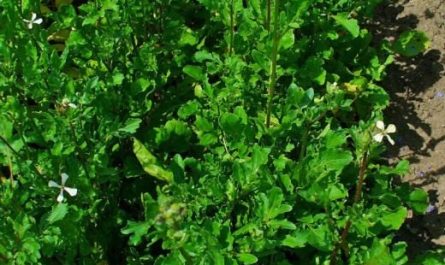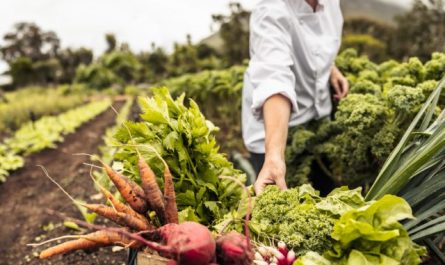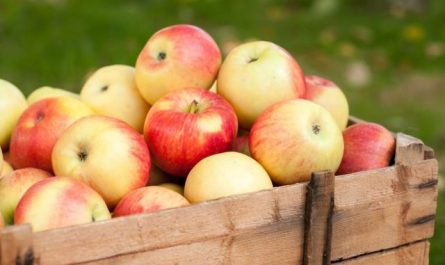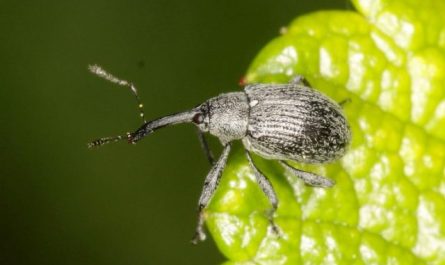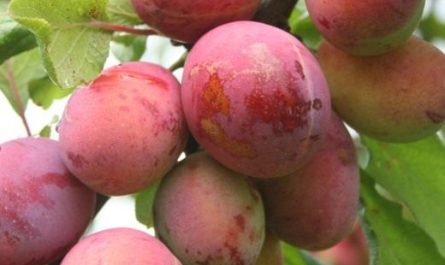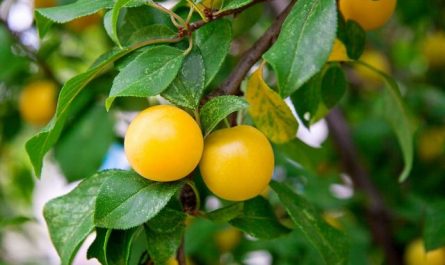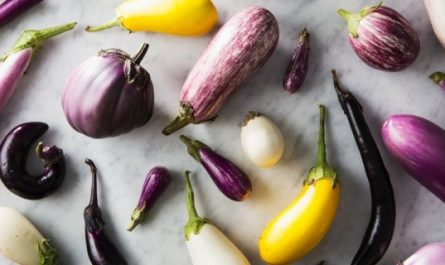Everbearing strawberries, or as it is more correctly called, everbearing garden strawberries, can increasingly be found in garden plots not only of amateurs, but also of professionals. It sometimes inhabits large areas, and the owners are happy with such coexistence. However, to my surprise, many still have questions about the proper care of everbearing garden strawberries, as if this overseas miracle was brought to our land just a couple of days ago.
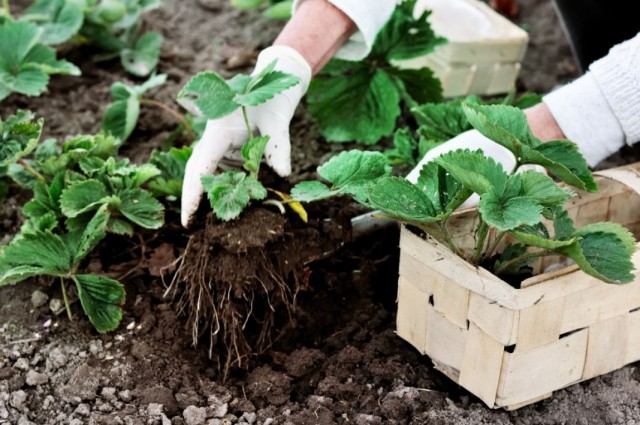
The main difference between remontant garden strawberries and ordinary ones is their ability to bloom and, accordingly, bear fruit twice a season, without interruption. Only a small fraction of plants have this ability – raspberries and a number of citrus fruits.
Garden strawberries of remontant varieties can set flower buds either in conditions of long daylight (for example, the Garland variety) or in conditions of neutral daylight (for example, the Miracle of the World variety). It is noteworthy that varieties capable of setting flower buds in conditions of long daylight give approximately 40% of their harvest in July and up to 60% of the harvest in August.
Everbearing garden strawberries, capable of laying flower buds in conditions of neutral daylight, bloom and bear fruit throughout the warm period, gradually giving up their harvest. Considering the great wear of plants, everbearing strawberry plantations that bear fruit twice a year should also be changed once every three years, and those that bear fruit throughout the warm period – once every two years, each time changing the location of the plot.
In our material, we will try to convey to you in as much detail as possible the intricacies of caring for remontant garden strawberries.
How to properly care for remontant garden strawberries?
Generally speaking, remontant strawberry varieties cannot be called capricious, they are all quite unpretentious, but there are still some subtleties in care. For example, everyone knows that modern large-fruited remontant strawberry varieties can form berries weighing from 65 to 90 grams or more. Naturally, this will lead with a high degree of probability to fairly rapid depletion of the soil and the need for additional fertilizers. Perhaps that is why a number of gardeners, contrary to popular belief, advise removing the very first spring flower stalks.
Then the second harvest of remontant strawberries, firstly, will be much earlier than the due date, therefore, the plants will prepare for winter without human intervention. Secondly, the berries will be tastier and larger. Sometimes, in total, the total harvest after such a simple technique even exceeds two combined harvests or all-season harvests – for remontant varieties of a different type.
Caring for remontant garden strawberries includes strictly mandatory stages – this is mandatory watering (plants must be provided with enough moisture), fertilization (everything is good in moderation, but plants should not suffer from a deficiency of one or another element), loosening the soil (after each watering and rain, to avoid the formation of a soil crust when air and water exchange is disrupted), mulching the beds (after each watering, as it slows down the growth of weeds and the formation of a soil crust), weed control (especially with couch grass – the most malicious competitor of crops), destruction of pests and diseases (at the earliest stages of their manifestation), pruning bushes (a specific procedure for remontant strawberries) and, finally, preparation for winter (an important stage in the life of remontant garden strawberries).
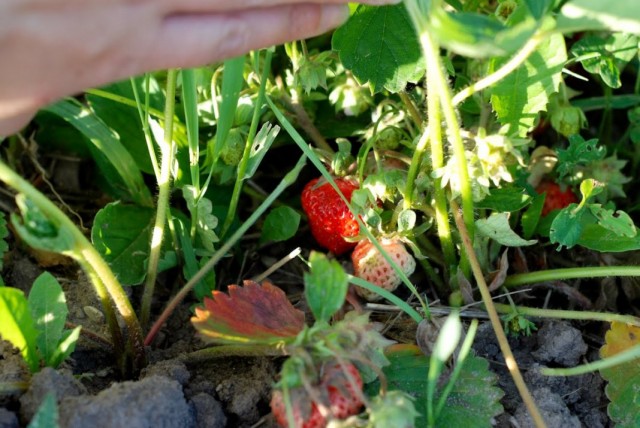
Watering remontant strawberries
Everbearing varieties of garden strawberries need to be watered more often than regular garden strawberries, especially in dry seasons. Immediately after planting the seedlings, the plants need to be watered every day, then after five to six days, watering can be done every other day, and ultimately watering just a couple of times a month will be enough.
For watering remontant strawberries, you can use only warm water at room temperature, it is great if it is rainwater collected in a barrel painted black. You can water the plantings both in the morning and evening chats. When watering, try to ensure that the soil in the area where the remontant garden strawberry grows is moistened at one time from two to three centimeters.
As for mulching everbearing strawberries, as we have already written above, it is necessary, but it is not at all necessary to cover the soil with mulch immediately after watering, this can be done the next day. Instead of mulch, if, for example, it is raining, the soil between the rows can be carefully loosened. But remember: it is very important not to damage the roots, which, as we have already written, are located closer to the soil surface than in common strawberries. The main thing when mulching or loosening is to avoid a soil crust so that air can freely penetrate to the roots.
If there is no rain for a long period and the soil dries out, then you can break all the rules of watering and moisten the soil almost every day, not allowing the soil to dry out too much, this is very important. If the soil has already dried out a lot, for example, at a dacha where you have not been for several days, then first very carefully loosen the soil, and then water it, but do not do the opposite. Frequent watering is especially important for day-neutral remontant strawberry varieties; I think there is no need to explain why. These same varieties require more frequent and thorough weeding, especially after rain and removal of dying leaves that turn red.
Fertilizing remontant strawberries
It is clear that remontant garden strawberries can be very depleted and they definitely need proper fertilizing. Most actively, remontant garden strawberries consume such elements as nitrogen and potassium from the soil. But they need phosphorus, but to a small extent. Considering this, phosphorus fertilizing can be done only once, adding doses of superphosphate (15-20 g per square meter) only when planting a remontant garden strawberry plantation.
An approximate feeding scheme for remontant strawberries is as follows:
Usually the first feeding of remontant strawberries is carried out in the third ten-day period of May, during this period urea is used, the composition is very weak – one gram or two (if the soil is poor, per bucket of water), this is the norm per square meter of soil. Around the second half of June, when the flower stalks of repeated fruiting begin to actively form, you can add mullein (1: 10 – in the amount of 0,5 liters per square meter or bird droppings 1: 15 – in the amount of 0,3 liters per square meter). It is quite acceptable to use newfangled mineral fertilizers along with organic fertilizers, such as Rastvorin Crystallin or Kemira Lux.
In general, ideally, the entire season should be stretched out so that there are about ten fertilizers, alternating these fertilizers.
The second option for feeding remontant strawberries is when, at the very beginning of June, the plants are fed not only with 10 times diluted liquid manure and 15 times diluted bird droppings, but also with the addition of 1% urea (1 g per bucket of water) to this composition; this entire composition should be used on 2-3 square meters of the plot.
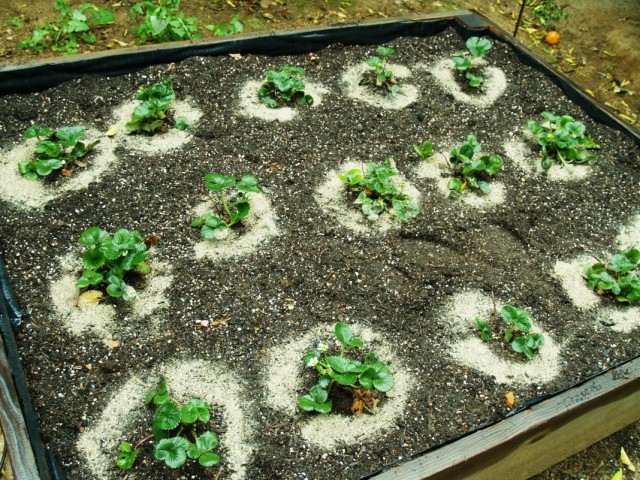
Diseases of remontant strawberries
Gray mold
Gray mold often attacks everbearing garden strawberries. It manifests itself most actively in dense plantings, where the soil is not loosened and frequent watering is carried out, especially with sprinkling and cold water. Gray mold can affect all above-ground parts of the plant, which will lead to losses of up to 85% of the entire crop. To prevent gray mold from appearing on everbearing strawberries, it is necessary to plant on the site in accordance with the characteristics of the growth and development of a particular variety, mulch the soil, and provide sufficient but not excessive watering. At the first signs of infection, the affected parts of the plants should be removed.
As a preventative measure, plants can be treated at the very beginning of the growing season with 2,0% Bordeaux mixture, and after harvesting at the very end of the growing season to consolidate the result – with a 1% solution of colloidal sulfur.
There are also fungicides to combat the disease, but you can only use approved ones, in full compliance with the instructions on the package, for example, Strobi, Switch, Euparen, Triadimefon (Bayleton), Captan. The biological product Alirin-B is considered the safest from the list of recommended ones.
brown spot
It appears when, as in the previous case, the strawberry plantings are dense, there is too much moisture, and day and night temperatures noticeably fluctuate. As a preventive measure, remove all dry leaves in the spring so that the infection does not “sit” on them and treat them with 2% Bordeaux mixture. Do not forget about mulching, which will not allow the fungus to penetrate to the surface.
If the disease is very active, use approved fungicides, strictly following the instructions on the package, for example, Skor, Strobi, Fundazol.
Mučnistaâ rosa
The first sign of this disease is the purple color of the strawberry leaf blades, then they curl up and become ash-gray, as if sprinkled with old flour. If you do not want this disease to visit you, then in early spring treat the plants with a weak (slightly pink) solution of potassium permanganate or 1% colloidal sulfur.
There are also fungicides, but use only approved ones and in accordance with the instructions on the packaging, for example, Topaz, Fundazol, Tilt, Strobi and Fitosporin-M.
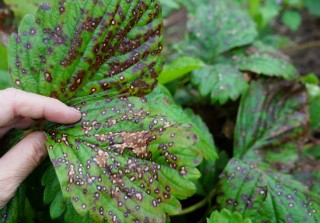
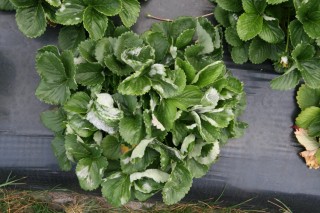
Pests of remontant strawberries
The first pests of remontant strawberries in my plot are slugs. I saved myself from them by planting garlic between the rows: honestly, I have not seen a single slug since.
Strawberry mite
It is considered a much more dangerous pest of strawberries: if it damages young leaves, they curl up and turn yellow quite actively. The plant itself is sharply inhibited in growth. The mite can infect from half to the entire plantation, and without treatment, it can lead to its death.
A 3% colloidal sulfur solution helps to fight the mite, but it can only be used very early in the spring and after the entire harvest has been collected. And, of course, various types of permitted acaricides.
Strawberry nematode
Usually, if the strawberry is infected with nematode, its leaves become deformed and twisted. A characteristic feature can be seen on the petioles: they become too fragile and sometimes break even from the wind. Fruiting on such plants is either weak or absent altogether. The nematode is considered a quarantine pest; if it is present on the site, the plants are subject to immediate removal and burning.
spider mite
Usually, strawberry leaves become as if limp, and if you turn them over, you can see traces of the spider mite’s activity – a web. As a result, the leaf blades turn yellow and dry out prematurely. Gardeners write that Karbofos works very well against spider mites. After collecting the entire harvest, they treat the plants and cover them with film for several days.
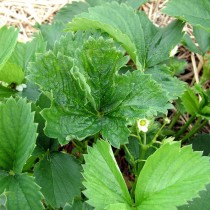
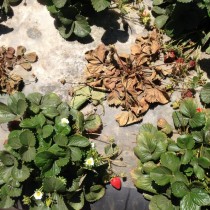
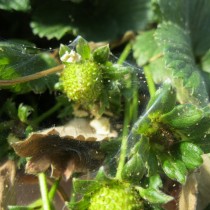
Pruning remontant strawberries
Caring for remontant strawberry bushes, among other things, also includes pruning. Usually, pruning of bushes is sufficient to be done once a season – either in spring or autumn.
If you live in a cold region where remontant strawberries require shelter, then pruning should be done in the fall. This is done as follows: after the final harvest, the lower leaf blades are removed from the bush, trying not to touch the upper leaf blades, because it is in their axils that fruit buds are laid, from which the fruits will form in the next season.
If berries do not form on the runners at all and the gardener does not plan to propagate remontant garden strawberries in this way, then removing the runners is essential.
However, remember this rule: after the first fruiting of remontant garden strawberries, the removal of runners is usually not carried out, but the leaves that have begun to dry out, have formed spots or hide more developed and healthy leaves must be removed. Removal of such leaves can be carried out in the fall, immediately after the entire harvest, when the foliage gradually begins to dry out.
If you live in a cold region, then do not rush and postpone this operation until spring, remove such leaves after the snow cover has completely melted.
Autumn care and preparation for winter
Plants of long-day remontant strawberries often do not fully ripen by the end of the season, especially if they are not grown in a greenhouse. Given this, not only is part of the harvest lost, but sometimes the plants that do not have time to adapt to the cold and frost suffer. The best option to save such plants is to cover them with fresh straw 5-8 cm thick, and throw spruce branches on top, which will keep the straw from flying all over the area.
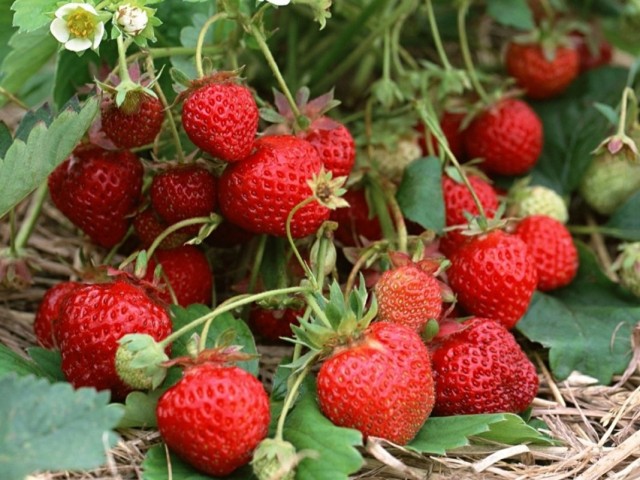
Сonclusion
As you can see, growing remontant garden strawberries does not present any particular difficulties and even a beginner can handle this task, not to mention a professional.
Do not forget, however, although we have already written about this, that the lifespan of a plantation should not exceed three years, after which the plantings need to be renewed.
